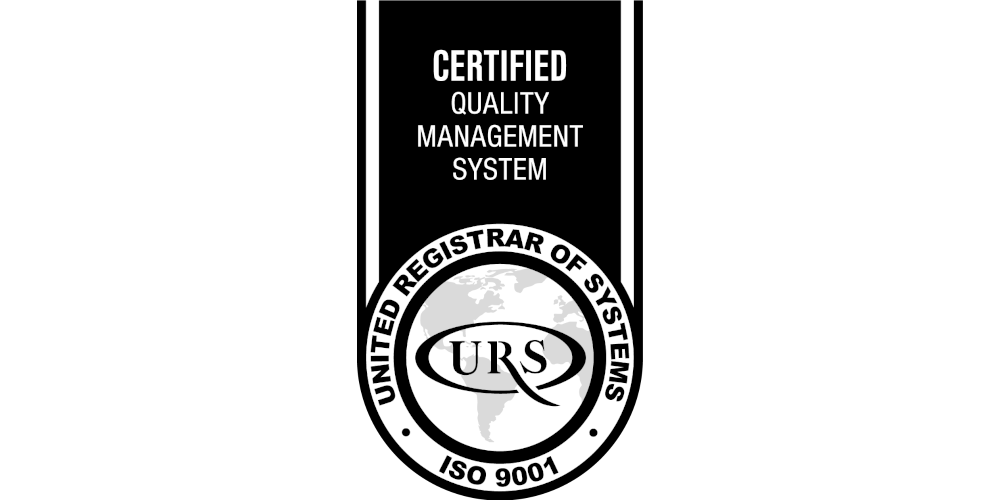Welcome to a closer look at the preparation of a Clinical Investigation Plan (CIP) for medical devices, as outlined by the Medical Device Coordination Group in the MDCG 2024-3 document. This session is essential for anyone involved in clinical trials, from sponsors and investigators to members of clinical research organizations. Today, we’re going to explore the ins and outs of creating a comprehensive and effective CIP, ensuring clinical trials are not only compliant with the latest regulations but also poised for success.
Introduction to Clinical Investigation Plans
A Clinical Investigation Plan is much more than a regulatory requirement; it’s the cornerstone of any clinical trial involving medical devices. It outlines the rationale, objectives, design, methodology, and analysis framework for the trial. Understanding the key elements of a solid CIP is crucial for ensuring that the investigation is conducted with precision, safeguarding the well-being of participants while rigorously evaluating the investigational device.

Purpose of the CIP
The purpose of a CIP goes beyond outlining the study’s structure. It serves as a manual for investigators, ensuring the clinical investigation is conducted consistently across sites and over time. It enables competent authorities and ethics committees to assess whether the investigation’s design justifies the potential risks to subjects. Moreover, it ensures the reliability and robustness of the data to be generated.
Critical Components of a CIP
Let’s explore the most critical components that every CIP must contain:
General Information: Start with the basics – the title, reference numbers, version, date, and a synopsis of the clinical investigation. It’s the first impression, laying the groundwork for the detailed sections that follow.
Device Identification and Description: Every CIP must thoroughly identify and describe the investigational device, including its intended purpose, technical and functional features, and any differences from its marketed purpose, if applicable. This information should also be provided for a comparator device if one is used in the investigation.
Analysis of Benefits and Risks: Central to the CIP, this section demands a careful assessment of the potential benefits against the risks. This analysis ensures the investigation is ethically grounded and scientifically valid, taking into account direct benefits to the study subjects and the broader implications for public health. This section should also identify all risks of participating in the study and lay out plans for risk mitigation.
Investigation Design and Objectives: The design of the clinical investigation is critical. It must be robust, scientifically valid, and capable of achieving the stated objectives. Clear objectives and hypotheses are essential for driving meaningful results that can withstand regulatory and scientific scrutiny. This section details the overall study design such as how many treatment arms there are, the subject population the device will be tested in and all assessments and procedures involved in the study.
Statistical Design and Data Management: The integrity of the statistical design and the rigor of the data management practices are immensely important to the CIP. These components ensure the accuracy and reliability of the data, forming the basis for establishing the safety and efficacy of the investigational device.

Navigating Regulations and Standards
Compliance with the Medical Devices Regulation (MDR) and adherence to international standards such as ISO 14155 is non-negotiable. The CIP must reflect a deep understanding of these regulations, ensuring that the rights, safety, and well-being of participants are protected throughout the clinical investigation. A statement or section to this effect must be included in the CIP. A separate section detailing the informed consent process for subjects must also be provided.
Modifications, Deviations, and Compliance with the CIP
Deviations to the CIP are not permitted unless it is in the interest of the subject’s rights, safety or well-being and only in emergency situations. This should be clearly stated in the CIP, including the procedure for reporting and managing these deviations. Any planned substantial modifications to the CIP must be notified to the competent authorities and ethics committees where appropriate and approval given prior to implementation.
Safety events
A definition of the different types of safety events: adverse events (AEs), adverse device effects (ADEs), device deficiencies (DDs), serious adverse events (SAEs) and serious adverse device effects (SADEs) must be provided in the CIP. A list of potentially expected safety events as well as the plan for managing, reporting and mitigating these events should be described.
Conclusion: The Path to Successful Clinical Investigations
Creating a comprehensive CIP is a critical step in the journey to bring new medical devices to market safely and effectively. By following the detailed guidance explored today, clinical investigations can be designed and conducted in a way that not only meet regulatory standards but also contribute to the advancement of medical science and patient care.
As we wrap up, remember that the CIP is the blueprint for conducting clinical trials in medical devices. It ensures consistency, compliance, and scientific rigor, all of which are essential for the successful development and approval of medical devices. Whether in the early stages of planning or in the midst of a trial, revisiting the fundamentals of a well-constructed CIP can provide clarity and direction, ensuring a clinical investigation is positioned for success.






